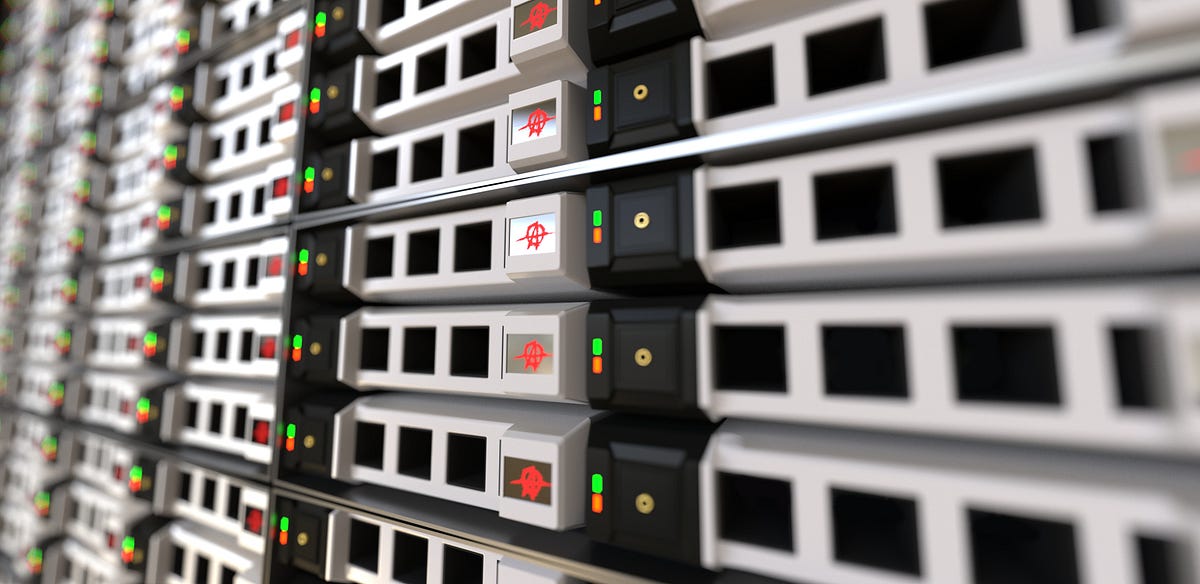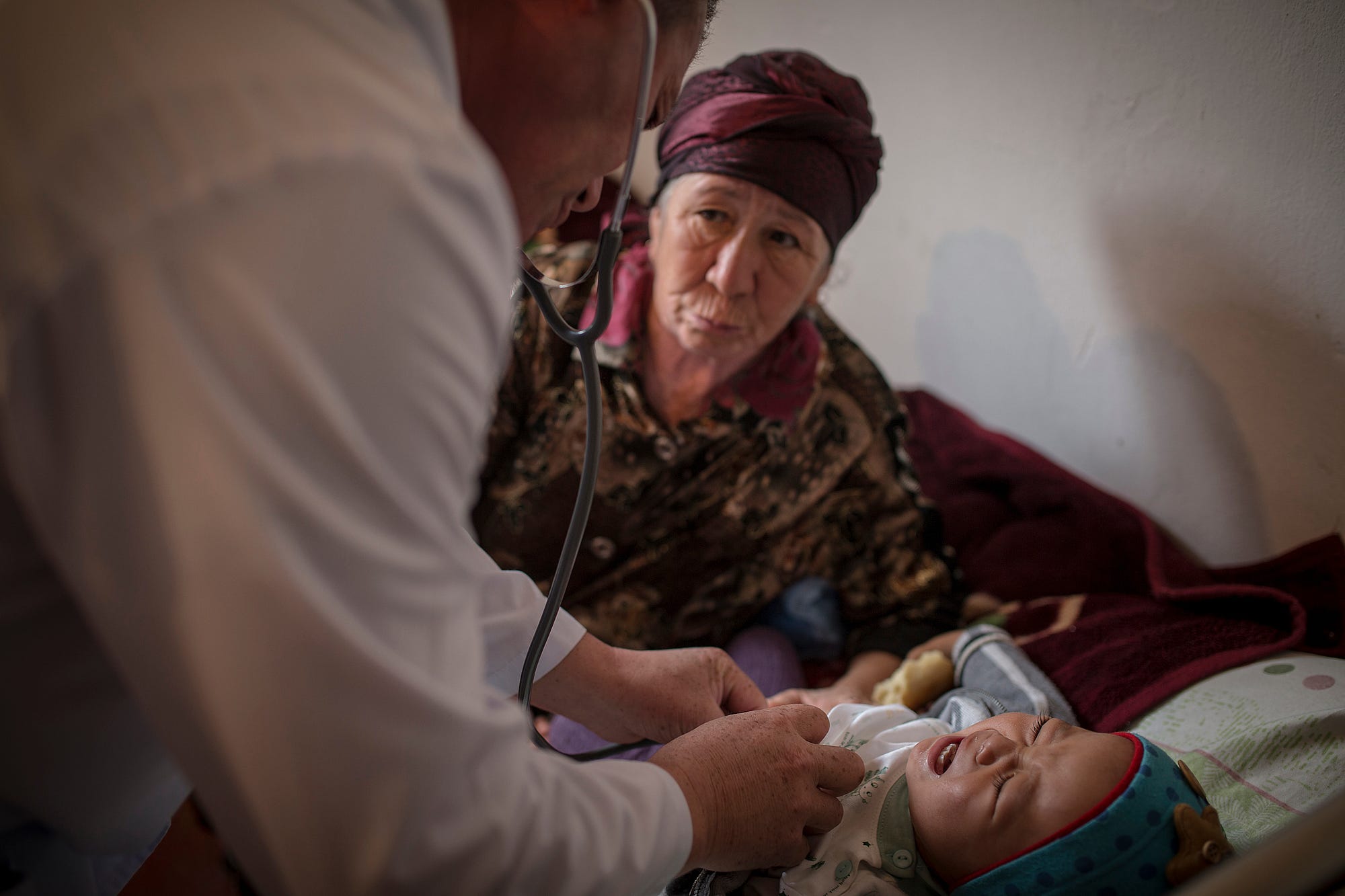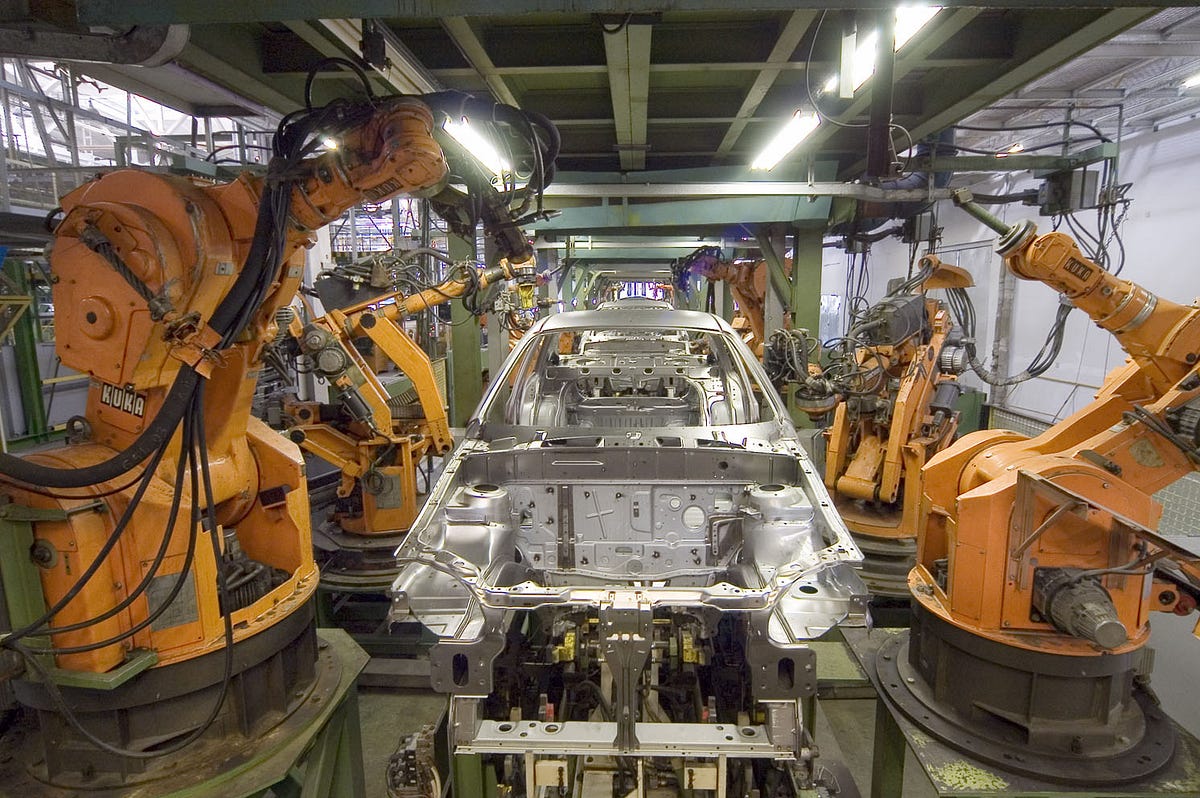 We’ve been trying to learn from those who have used or explored AI across a range of policy issues that the UN works on — from cutting down costs and time in public services and providing humanitarian assistance based on real-time movement of people, to capturing consumption patterns at micro-levels. So what do we talk about when we talk about AI? What applications of it have inspired us? And what do we mean by ‘responsible’ AI?
We’ve been trying to learn from those who have used or explored AI across a range of policy issues that the UN works on — from cutting down costs and time in public services and providing humanitarian assistance based on real-time movement of people, to capturing consumption patterns at micro-levels. So what do we talk about when we talk about AI? What applications of it have inspired us? And what do we mean by ‘responsible’ AI?
What is AI and how do we apply it in development?
AI, as the Oxford Dictionary defines it, is the theory and development of computer systems that can perform tasks normally requiring human intelligence, such as visual perception, speech recognition, decision-making, and translation and interpretation.

AI has rapidly developed thanks to better algorithm design, bigger networked computing power and improved ability to capture and store massive amounts of data.
Current forms of AI are considered to be narrow or weak, designed to perform one repetitive task — such as speech recognition on mobile devices, or self-driving cars. Many researchers are seeking to develop what is known as general or strong AI, with behaviors that are as flexible and skillful as humans (such as memory, autonomous learning and responding to emotions).
For us in the development sector, these advances hold the promise of empowering governments, communities and partners to put into place more effective solutions to some of the biggest social ills.
Here are some of the fields that have shown progress and could have a transformative role in development:
Predictive and cognitive analytics/machine learning — the use of data to establish correlations and make predictions:
In medicine, AI is already more accurate when it comes to designing personalized treatments, or predicting heart attacks. When AI is combined with human diagnosis, the error rate is only 0.5% -compared to 3.5% for human doctors. According to WHO, in the European region, non-communicable diseases cause approximately 89% of premature deaths, thus better diagnostics would contribute to saving millions of lives.

Indian farmers are using AI, which takes into consideration data like changing weather patterns, production and sowing area to inform their decisions when to sow. This increased their yield by 30% per hectare, reduced pest-related risks and predicted prices up to three months in advance.
Precision farming, through tools like the LettuceBot, can identify and differentiate sprouts from weeds, and isolate weeds for spraying.
More efficient production technologies will de-risk agriculture and provide more stable income to rural populations, while at the same time ensuring responsible use of environmental assets.
 Photo: Markus Spiske
Photo: Markus Spiske
Natural language processing and speech recognition — analyzing and translating languages and speech:
Chatbots are being used to understand the needs of refugees in 20 languages, applications which have the possibility to improve access to services in multi-lingual contexts at a marginal cost;
Primer AI analyzes millions of articles and summarizes findings in a matter of seconds — complementing the work of lawyers and public servants.
Towards responsible AI and managing the consequences
Treating AI as a savior is woefully naive. As with any technology, it holds promises…and risks.
Decisions based on data aren’t necessarily free of bias. For instance, machines learn very quickly to exhibit some of our worst traits, such as being racist or sexist. ProPublica found that a US court program to assess risks of reoffending was systematically biased against black prisoners — flagging them as almost twice more likely to reoffend than white prisoners. This based on questions such as parents’ history with correctional services and use of drugs by friends and acquaintances, but does not include any question on race.
Ultimately, machines are as moral as the ones who develop them. Will these developers have in mind the consequences of the technology and take into respect the human rights of citizens?
 Industrial robots at a car factory. Photo:Mixabest
Industrial robots at a car factory. Photo:Mixabest
For instance, AI and automation will have a greater impact on jobs in smaller cities, which becomes especially important in the Eastern Europe and Central Asia region where 61% of cities are facing population decline.Many remedial service and low-paying jobs — like driving taxis or working in fast food restaurants — may disappear. AI could also deepen inequalitieswithin the societies by eliminating functions that can make decisions to help people up the social ladder, like paralegals, or payroll managers.
The only way to actually find out is to engage with the technology and heed the advice from Winston Churchill, “the price of greatness is responsibility”.
We will be tracking applications of AI and interesting institutional and under-the-radar solutions with the intention of connecting them with our partner governments to address some of the priority development issues facing our region.
Listen to our webinar on AI with the Future of Life Institute, Web Foundation and PRIMER, here.
Milica Begovic and Lejla Sadiku work on data and innovation for development at UNDP’s Istanbul Regional Hub and Alex Oprunenco at the Bangkok Regional Hub.
No comments:
Post a Comment